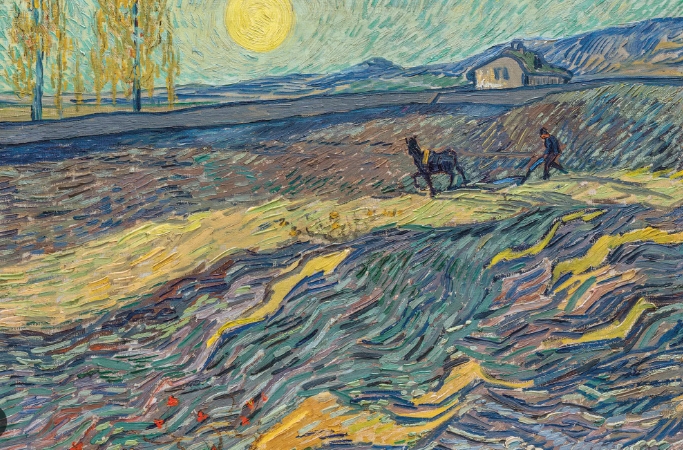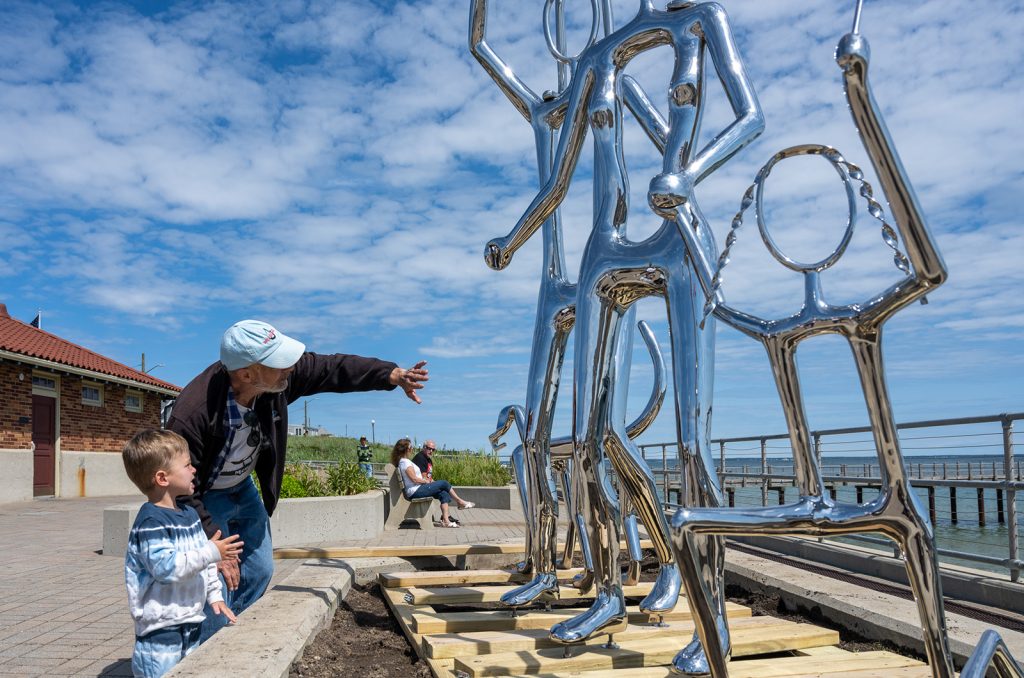Vincent van Gogh, one of the most renowned artists in history, spent the last year of his life in an asylum in Saint-Rémy-de-Provence, France. This period was marked by intense creativity and emotional turmoil, as he continued to produce some of his most famous works while struggling with his mental health.
Exploring the Asylum Grounds
The asylum where van Gogh resided, known as the Monastery Saint-Paul-de-Mausole, is now open to the public as a museum dedicated to his life and work. Visitors can walk through the tranquil gardens and peaceful courtyards that inspired many of his paintings, such as “Starry Night,” and “Irises.”
Inside van Gogh’s Studio
One of the highlights of the museum is van Gogh’s recreated studio, where visitors can see the simple room where he created some of his most iconic works. The space is filled with his belongings and personal items, giving a glimpse into the artist’s daily life and creative process.
Exploring van Gogh’s Mind
During his time in the asylum, van Gogh experienced intense emotional highs and lows, which are reflected in his paintings. His vibrant colors and bold brushstrokes convey his inner turmoil and struggle with mental illness, providing a powerful insight into his state of mind.
The Legacy of van Gogh
Despite his struggles, van Gogh’s time in the asylum was incredibly productive, and he produced over 150 paintings during this period. His work continues to inspire artists around the world, and his legacy lives on through the museum and the lasting impact of his art.
Visiting the asylum where van Gogh spent his final days is a haunting yet enlightening experience, offering a unique insight into the mind of a troubled genius. The museum allows visitors to connect with van Gogh on a deeper level, exploring the place where he found solace and inspiration in the midst of his internal struggles.


